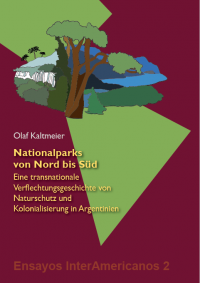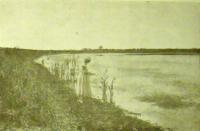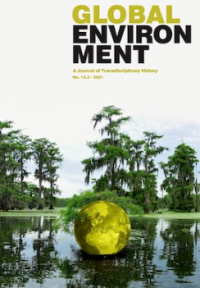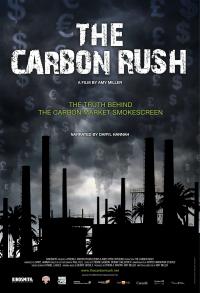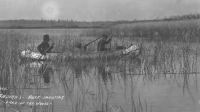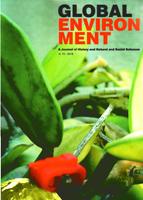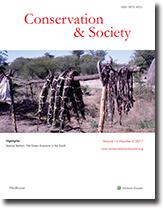Nationalparks von Nord bis Süd: Eine transnationale Verflechtungsgeschichte von Naturschutz und Kolonialisierung in Argentinien
How do national parks operate? In Nationalparks von Nord bis Süd, Olaf Kaltmeier explores this question by looking at the park politics of Argentina.


